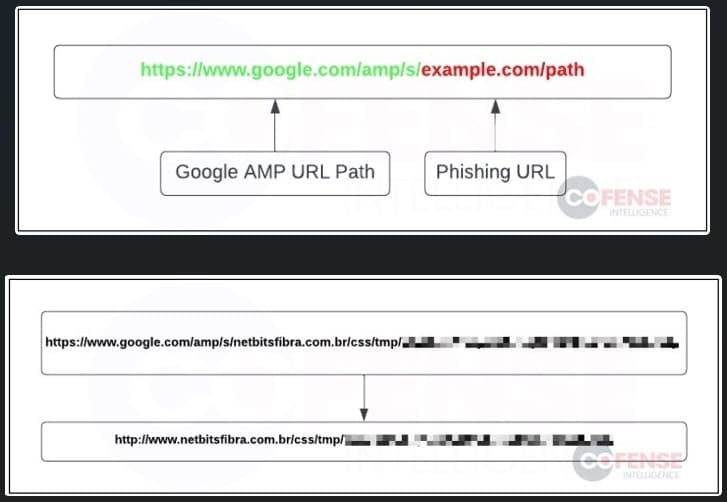When your personal information is held in trust, the feeling of it being violated can be disconcerting, to say the least. One such violation can occur when someone hacks into your email account. In the digital age, your email account is more than just a communication tool. It's often the key to your online identity, serving as a gateway to your social media profiles, banking information, and various online services.
So, what should you do if you find your email account compromised? Here's a comprehensive guide to help you recover your account, secure it, and minimize potential damages.
1. Confirm the Hack
The first step is to confirm if your email account has been hacked. Warning signs can include:
- Receiving notifications for unexpected password changes.
- Observing unusual activities like emails being sent from your account without your knowledge.
- Receiving a large number of unexpected emails, often indicating that your account is sending out spam.
- Changes in your personal information or security settings.
If you suspect something is wrong, trust your instincts and take immediate action.
2. Recover Your Account
Most email providers have a process in place for recovering hacked accounts. This often involves resetting your password through an alternate email or phone number associated with your account. If you've set up security questions, be prepared to answer those as well.
3. Change Your Password
Once you regain control of your account, your immediate step should be to change your password. Make sure to choose a strong, unique password. A good password:
- Has at least 12 characters.
- Includes numbers, symbols, capital letters, and lower-case letters.
- Is not a dictionary word or combination of dictionary words.
- Doesn't rely on obvious substitutions (e.g., "H0use" isn't strong just because it replaces 'o' with '0').
Don’t forget to update your password recovery options too.
4. Turn on Multi-Factor Authentication (MFA)
One of the most effective ways to protect your email account is by enabling Multi-Factor Authentication (MFA), also known as two-factor or two-step verification. With MFA, accessing your account requires more than just your username and password. It typically requires something you know (like your password), something you have (like your phone), and something you are (like your fingerprint).
5. Scan for Malware
Sometimes, email accounts are compromised through malware. It's a good idea to scan your computer with a reliable antivirus tool to ensure it’s not infected. Remove any detected malware immediately and restart your computer to complete the process.
6. Check Your Account Settings
Once your account is secure, check all your account settings to ensure nothing has been changed. This includes your email signature, auto-forwarding settings, and recovery information. Hackers often alter these settings to regain control later or to continue receiving your emails.
7. Review Your Personal Data and Activity
Go through your sent items, deleted emails, and folders for any suspicious activity. Hackers may have tried to use your email to reset passwords and gain access to your other accounts. If you find such activities, notify the respective service providers immediately and change your passwords there too.
8. Notify Your Contacts
Finally, let your contacts know your account was hacked. Ask them to ignore any suspicious emails or requests sent from your account during the period of compromise.
9. Regularly Update Your Security
Ensure you regularly update your security measures, keep your devices malware-free, and be aware of any suspicious activity in your account. Regularly updating your password and maintaining good digital hygiene can go a long way in keeping your account safe.
While having your email hacked can be distressing, it's important to remember that it's a recoverable situation. With prompt and appropriate action, you can regain control of your account and secure it for the future. Stay vigilant, keep updating your security practices, and keep your digital life secure.
Photo by Justin Morgan on Unsplash




